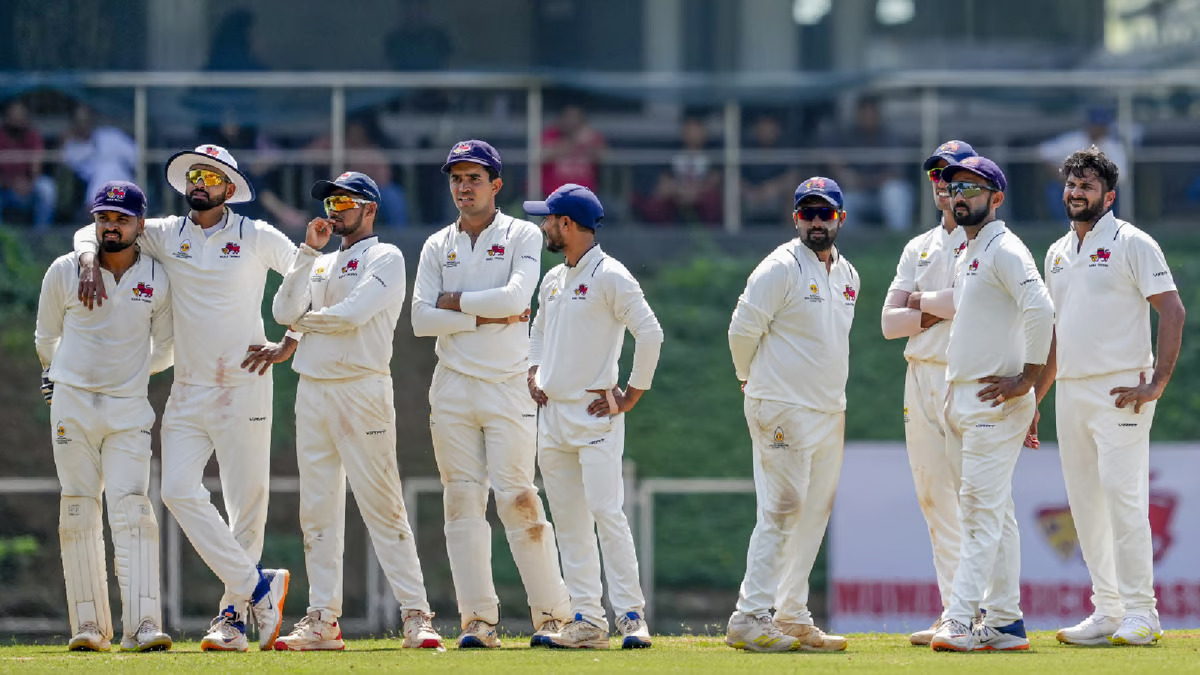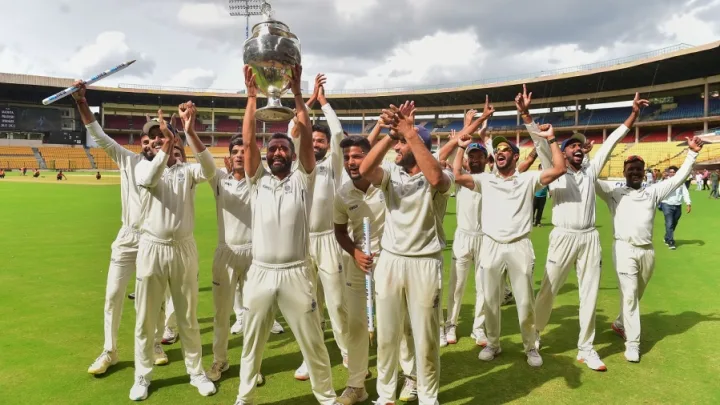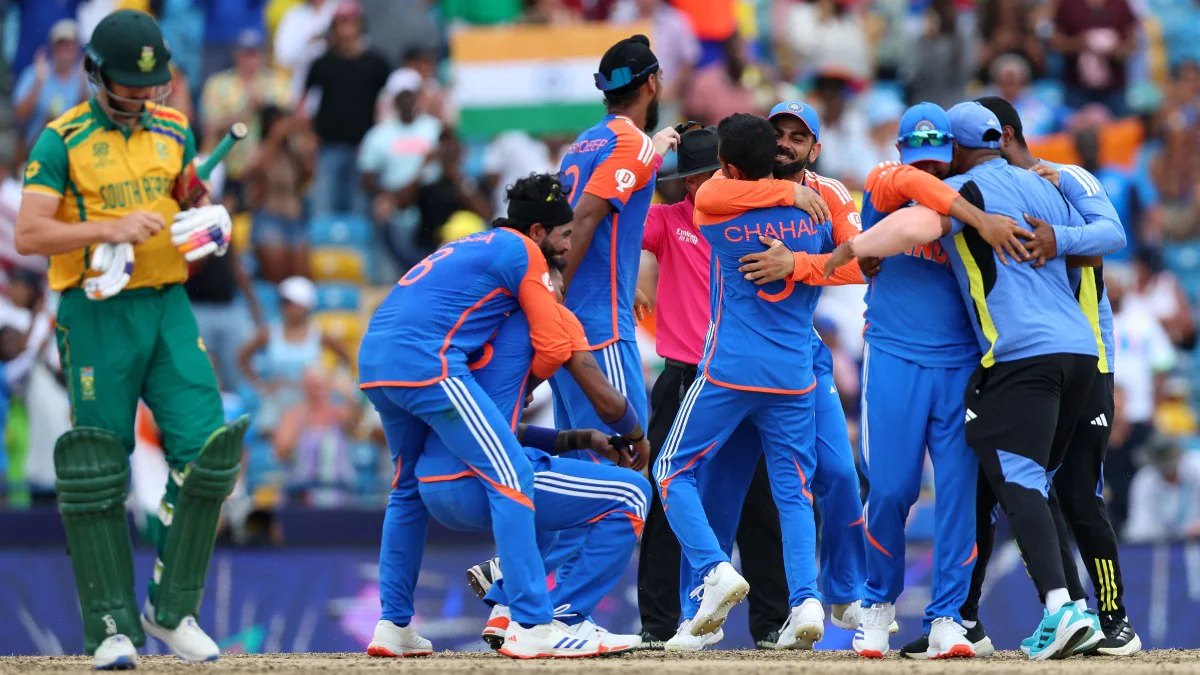BCCI Revises Penalty Runs Rule for Accidental Equipment Contact
The Board of Control for Cricket in India (BCCI) has implemented a significant revision to the penalty runs rule in domestic cricket, adopting a more lenient approach regarding accidental contact between the ball and fielders’ equipment during play. This change aims to enhance the flow of the game and reduce unnecessary penalties that arise from unintentional incidents on the field.
Under the newly established guidelines, communicated to state associations through a recent clarification note, accidental contact with equipment or objects that have fallen from a fielder will no longer be considered illegal fielding. This is a notable shift from the previous interpretation of Rule 28.2.3, which imposed stricter penalties on players for such occurrences. The revision recognizes that unintentional equipment contact should not disrupt the integrity of the game or unduly penalize the fielding team.
According to the new rule’s precise wording, if the ball comes into contact with apparel, equipment, or any other item that has unintentionally dropped from the fielder’s person, it is not prohibited from fielding. This means that wicketkeeping gloves or caps tucked into a fielder’s waistband will not incur penalty runs. The ball will remain in play, and any potential dismissals resulting from this contract will still be valid, promoting a more seamless experience during matches.
Addressing Common Scenarios in Gameplay

This revision directly addresses common scenarios in cricket, particularly related to players’ habits of tucking caps into their waistbands. For instance, KL Rahul’s method of securing his cap—half tucked into the waistband—could lead to accidental contact with the ball, which previously would have resulted in a five-run penalty. Similarly, wicketkeepers who tuck their caps at the back of their waistbands will now be protected under this new ruling, allowing for a fairer assessment of on-field incidents.
The previous rule led to confusion and frustration during matches, especially when players’ equipment unintentionally fell and made contact with the ball. Under the earlier regulations, even incidental contact with discarded equipment would prompt immediate penalties. If a bowler’s tucked clothing accidentally brushed the ball, the fielding side would suffer a five-run penalty and the ball would be called dead. This often disrupted the rhythm of the game and affected potential dismissals, especially in crowded fielding positions like short leg.
The BCCI’s decision to revise this rule reflects a growing understanding of practical gameplay considerations. By acknowledging that incidental contact shouldn’t automatically penalize the fielding team, the board aims to promote a more fluid and enjoyable experience for players and spectators alike. This revision also serves to simplify the decision-making process for umpires, who previously faced challenges when determining the legality of such complex situations involving equipment contact.
Streamlining Umpire Decision-Making
The new rule ultimately streamlines the approach to handling accidental equipment contact while still maintaining the fundamental principles of Rule 28.2.3 concerning illegal fielding. Umpires will now have a clearer framework to work within, reducing ambiguity during matches and fostering confidence in their on-field decisions. The focus remains on maintaining the spirit of the game while ensuring that players can perform without the fear of punitive measures for unintentional actions.
Also Read This: BCCI to replace Harmanpreet Kaur after T20 World Cup loss
Overall, the BCCI’s revision of the penalty runs rule is a progressive move towards enhancing the quality of domestic cricket. By addressing common on-field scenarios and providing clarity in the rules, the board aims to support players in their efforts while minimizing disruptions during gameplay. This change reflects a broader commitment to evolving cricket regulations to better suit the modern game’s dynamic nature.









